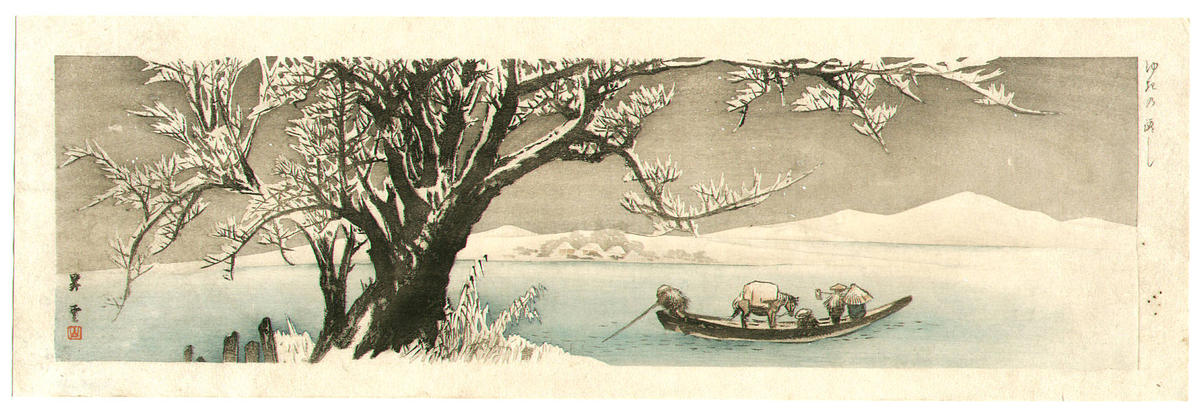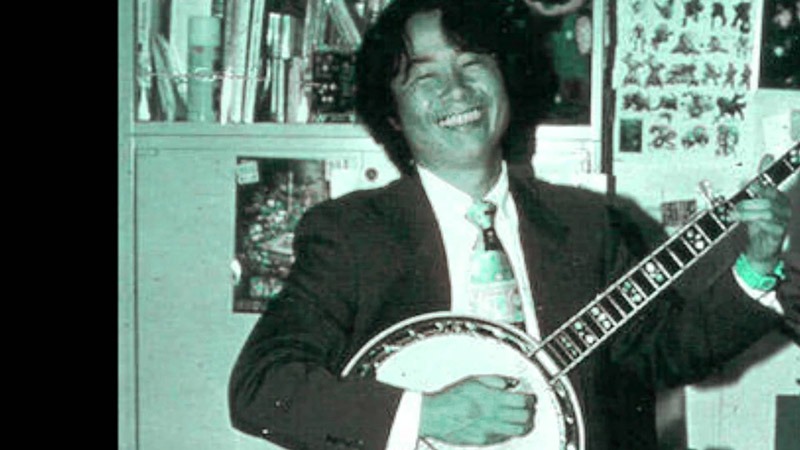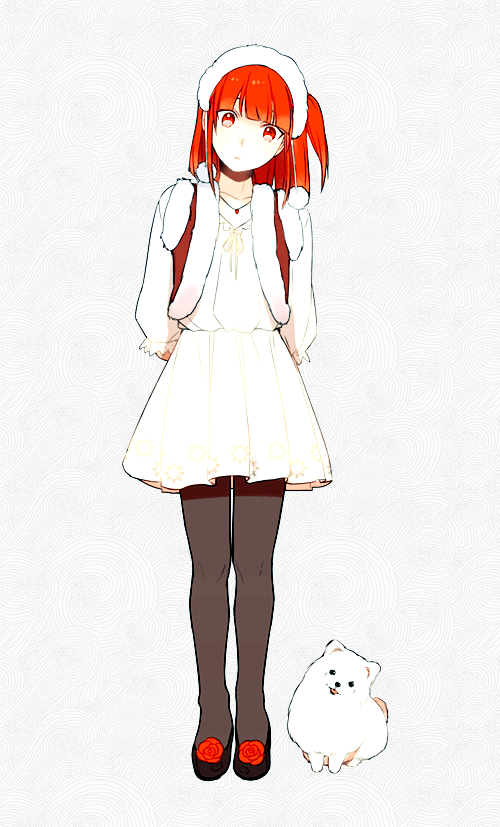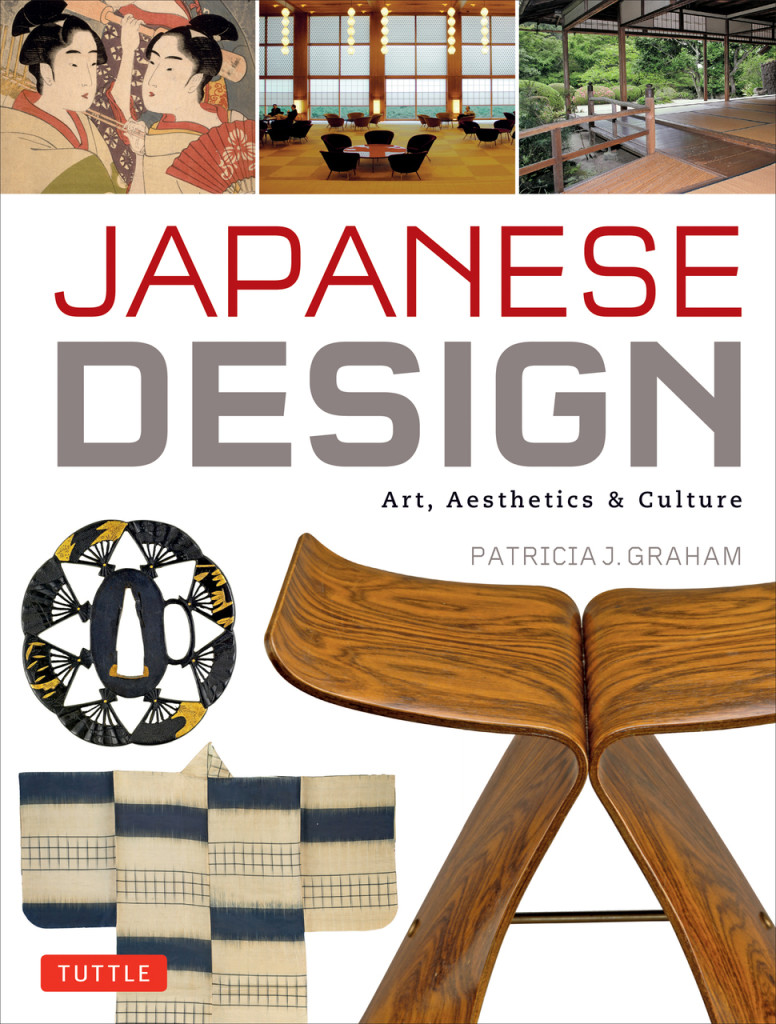 Japanese Design: Art, Aesthetics & Culture is an introduction to Japanese design concepts and the people who brought Japanese design to the West. Obviously, it would take at least several books the size of cinder blocks to thoroughly cover the ocean of Japanese design. Patricia Graham does a good job in summarizing the high points and providing photo examples of each of these peaks.
Japanese Design: Art, Aesthetics & Culture is an introduction to Japanese design concepts and the people who brought Japanese design to the West. Obviously, it would take at least several books the size of cinder blocks to thoroughly cover the ocean of Japanese design. Patricia Graham does a good job in summarizing the high points and providing photo examples of each of these peaks.
The book is divided into three sections. The first introduces the reader to concepts such as katsura, notan, shibui, and other Japanese design concepts. Katsura is a rustic architectural style. Notan is a design principle focused on lights and darks. Shibui is subtle designs that lend elegance to a space or artwork. Graham provides examples from architecture, both medieval and modern, in addition to art plates.
The second section briefly examines how Shinto and Buddhism shaped Japanese design ideas. Graham then boils down Japanese design to ten characteristics. The final section looks at people who are responsible for bringing Japanese culture and design concepts to the West.
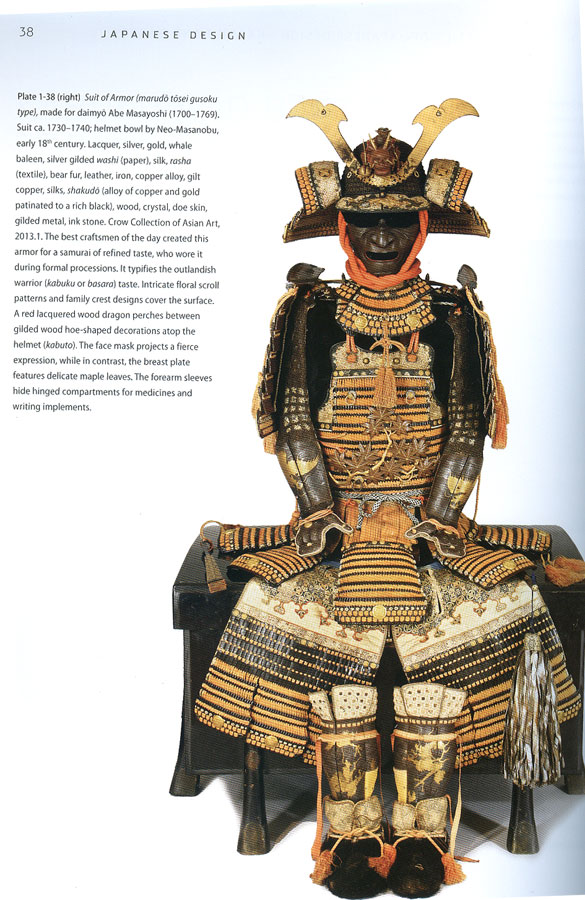
Beautiful prints give you examples of what Graham means. While there are some woodblock prints and photos of Zen gardens, Graham doesn’t limit herself to the familiar. She includes modern examples of Japanese design along side mandalas. One of my particular favorite sections showed five sake bottles from various time periods and places. Reading each blurb about the bottle’s design and comparing it to the bottle next to it drives home Graham’s point about regional and local culture differences. We often consider Japanese culture a monolith. While this top down view is true to some extent, Graham’s plate selection also points to how different areas had their own sense of design that existed within the greater Japanese sense of aesthetics.
Graham also selects examples of elaborate robes and sets them beside humble pottery meant to be used everyday. The selection of photographs and their juxtaposition compliments the clearly written text. The layouts can sometimes get a little messy with plate text and photos wrapping around the main text, but there is ample white space to help avoid a feeling of claustrophobia. Sometimes large double page plates will break the text.
The book is printed in smooth, glossy paper. I prefer books with this type of paper when there are many photographs.
Okay, I will nitpick a moment. Throughout the book Taoism is spelled ‘Daoism.’ While this is how it is supposed to be pronounced, each time I read this spelling I stumbled. I am used to the “Taoism” spelling. It is just a personal preference.

Design students, artists, and bloggers interested in Japan will find this book a good overview. There are many surprises in the text, particularly in the third part. I didn’t know, for example, Frank Lloyd Wright was inspired by Japanese design. He even collected thousands of woodblock prints! Graham’s summaries of various people who had an impact on how we think of Japanese design is quite useful for bloggers and students. Each summary is short, but each provides a good starting point for further research. Graham’s notes and further reading sections also give you an excellent starting point for research.
Design students and artists will find the first part explaining Japanese design principles useful. Japanese design extends far beyond minimalism and emulating nature.
I saw many future articles for JP nestled in this book. Graham touches on misconceptions (which is something I enjoy researching) people have about Japanese design and the culture in general. She mentions several people who encouraged misconceptions even while they expanded Western understanding of Japan. There is even a plate from one of the earliest printed books to have full-color illustrations.
Japanese Design: Art Aesthetics & Culture is a useful book for anyone interested in a summary of Japanese design principles and the people who brought the ideas to the West. The photographs are lovely and nicely exemplify each of the points Graham makes. The book makes a good reference for designers, artists, and bloggers interested in Japan.
You can find the book at Tuttle Publishing and Amazon.

